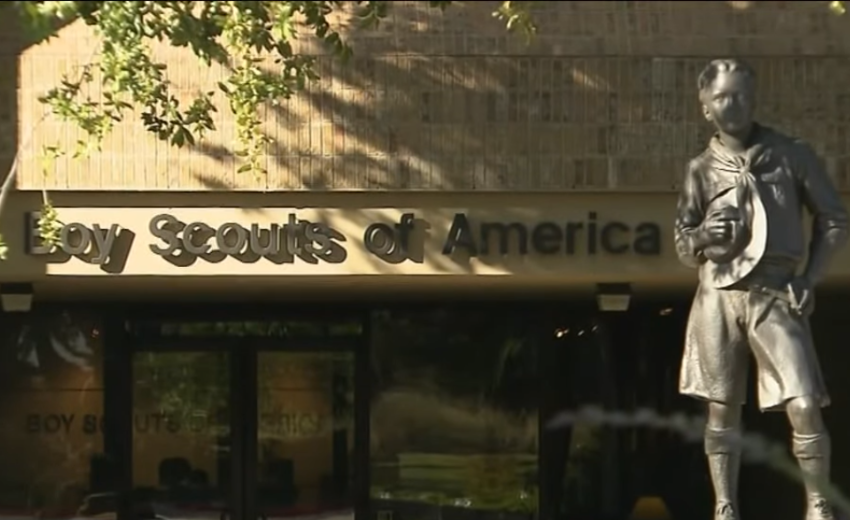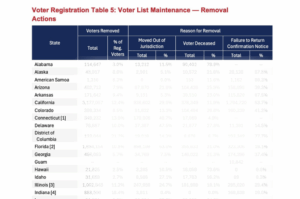After more than a century, Boy Scouts of America has officially rebranded itself as Scouting America, marking a significant shift in the organization’s identity. The new name, which took effect on Saturday, aligns with the group’s broader efforts to be more inclusive and reflect its evolving membership.
This move comes just a year after Scouting America emerged from a highly publicized three-year bankruptcy case, which stemmed from the largest child sex abuse settlement in U.S. history. The organization, which had been grappling with declining membership and legal battles, is now looking to the future with a fresh image.
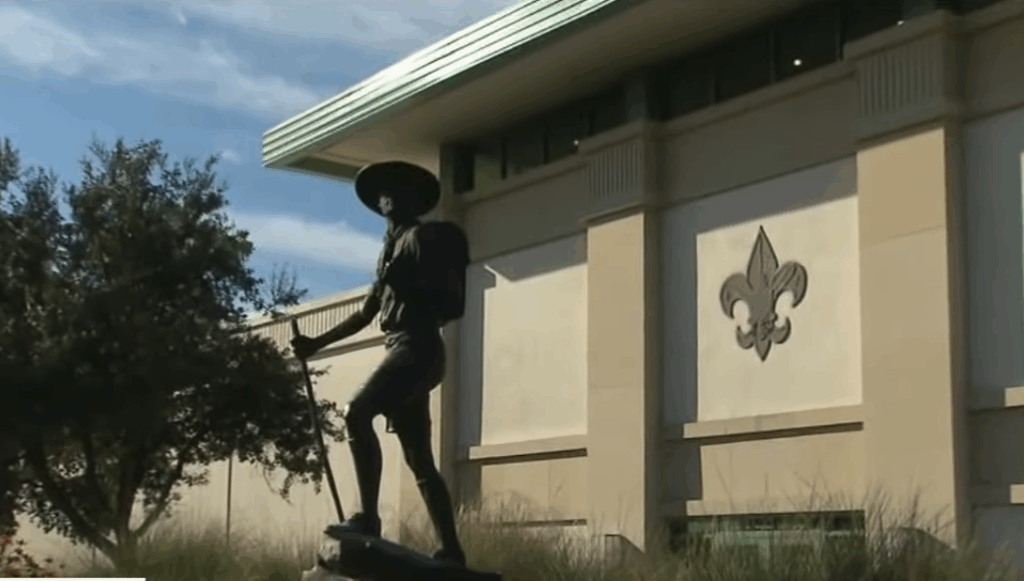
Why the Change?
The decision to drop “Boy” from the name isn’t entirely new. Back in 2018, the organization renamed its flagship program Scouts BSA after allowing girls to join. Now, the national umbrella group is following suit, making the change official across all levels.
According to Scouting America President and CEO Roger Krone, the timing of the rebrand made sense following the organization’s exit from bankruptcy and ongoing efforts to increase membership. “The board, the executive committee, and myself looked at where we were and thought, ‘Now would be a good time,’” Krone told in an interview.
The organization finalized its bankruptcy proceedings in 2023, agreeing to a $4.6 billion trust fund for survivors of sexual abuse within its ranks. As of early 2024, approximately $70 million had already been distributed to thousands of victims.
While the rebrand is being positioned as a step toward modernizing and appealing to a broader demographic, some believe it’s more of a strategic financial decision than a philosophical shift. Scouting America has been struggling with dwindling numbers for years, with total membership dropping from 2.6 million in 2013 to around 2.3 million in 2018.
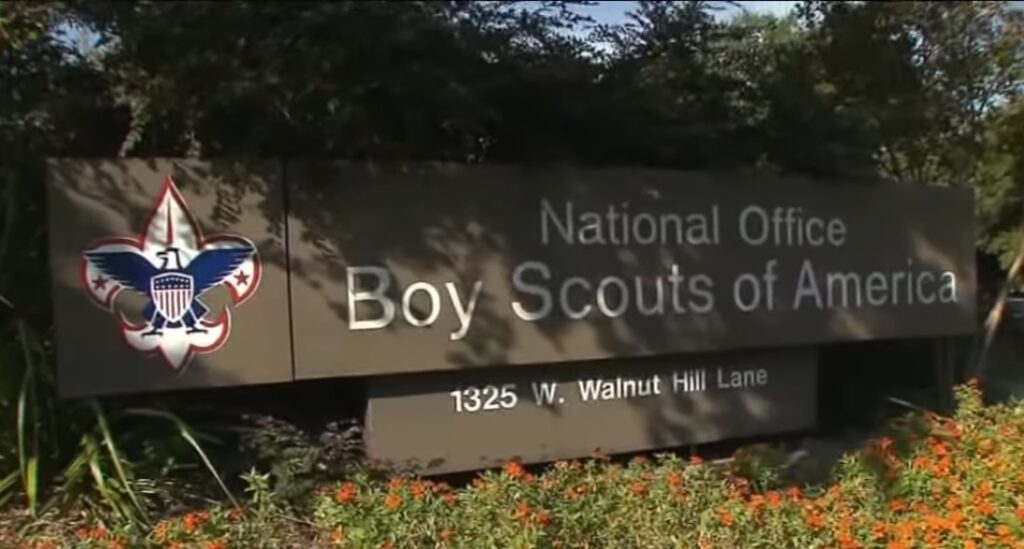
What’s Changing?
For current members, the biggest changes will be largely cosmetic. Uniforms will remain mostly the same, but patches that previously read “Boy Scouts of America” or “BSA” will now have replacement versions reflecting the new branding. A fresh Eagle Scout badge, as well as updated Cub Scout and Scouts BSA flags, will also be rolled out.
Scout handbooks have already been reprinted with the new name, and the organization’s website has been updated. Over the next couple of years, buildings and signage across the country will transition to reflect the Scouting America branding.
Reactions to the Change
Not everyone is on board with the shift. Some members feel the change was unnecessary, while others argue that scouting already had a separate space for girls through the Girl Scouts.
One social media user questioned, “If scouting was meant to be for both boys and girls, then why does Girl Scouts still exist separately?”

The Girl Scouts of America had previously challenged the organization’s decision to use the term “Scouts” in its branding. In 2018, they filed a lawsuit claiming Scouting America was infringing on their trademark. The legal battle ended in 2022 when both groups reached a settlement.
Meanwhile, for some female members of Scouting America, the change is a long-overdue recognition of their place in the organization. Sara Rubelee, a 14-year-old member of an all-girls troop in Missouri, said the experience has changed her life. “It’s given me so many friendships and experiences I wouldn’t have had otherwise,” she shared.
A Long History of Female Membership
While it may seem like girls have only recently been included in Scouting America, their involvement actually dates back more than 50 years. In 1969, the organization introduced Exploring, a career-focused program that allowed young women to participate. The Venturing program, which emphasizes outdoor adventure, became co-ed in 1998.
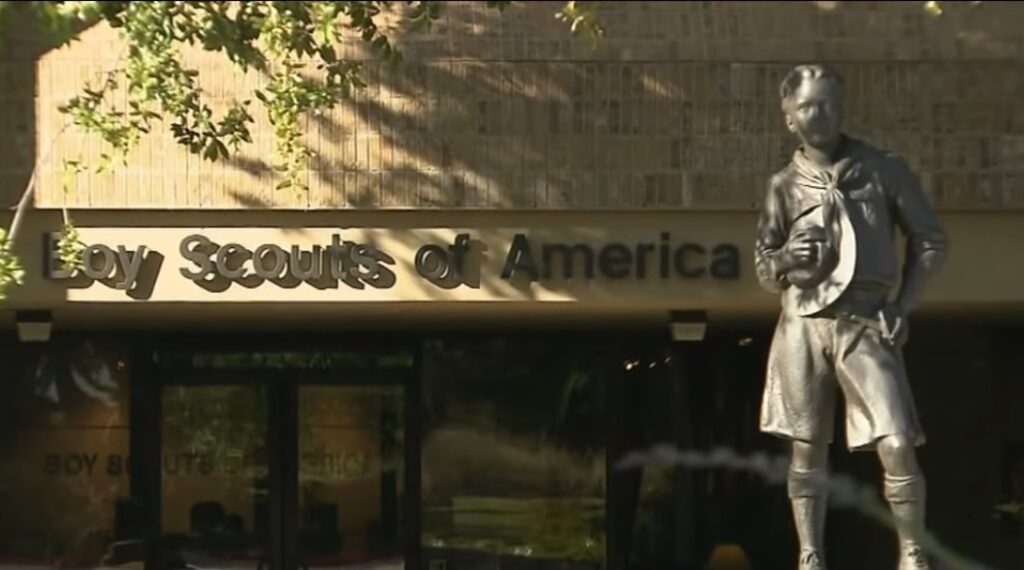
Women have also been involved in leadership roles for decades. The Den Mother position, introduced in 1936, was specifically created for female volunteers leading Cub Scout dens.
A Strategy for Survival?
Despite the changes, some longtime members believe the shift is more about keeping Scouting America afloat than about inclusivity. Scoutmaster Rhett Hillard, who leads a troop in Missouri, speculated, “This is mostly about dwindling numbers and trying to bring in more people. I haven’t heard a great reason for why they had to change the name.”
With membership numbers fluctuating and the organization still working to rebuild its reputation, only time will tell whether the rebrand will be enough to secure the future of Scouting America.

